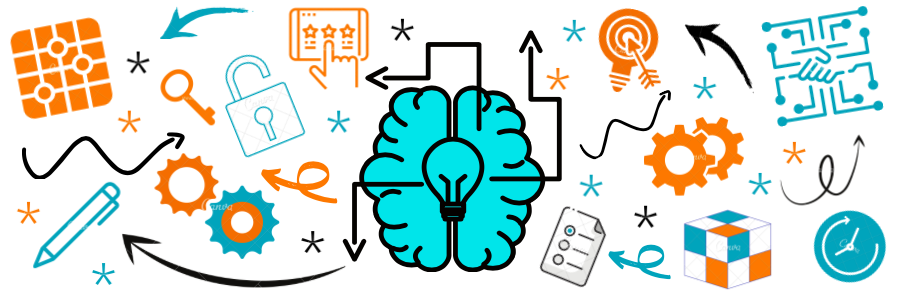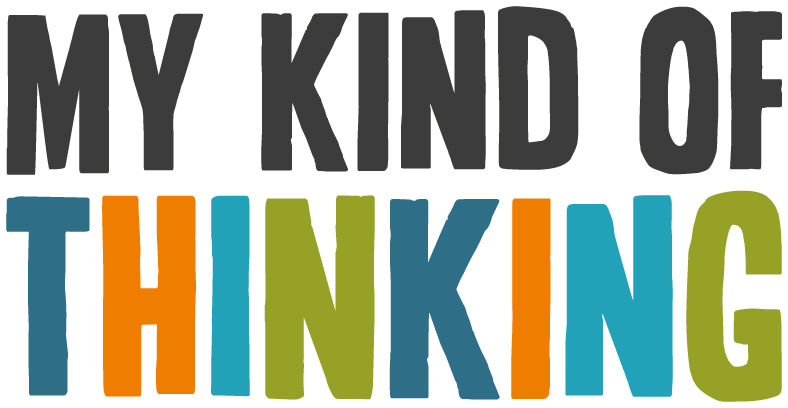
It is common to hear people say they have dyslexia, and the assumption is that they are likely to have difficulties with reading or spelling. However in order for an individual to be ‘diagnosed’ with dyslexia, there are a number areas of cognitive function that are likely to be weaker than ‘average’.
The term dyslexia, meaning a difficulty with words (taking both greek and latin roots), was first used by Rudolf Berlin in 1887. As an ophthalmologist, he found that some of his patients struggled to read the printed words during eye tests and he felt this unexpected difficulty could be attributed to a neurological difficulty rather than poor or missed education. In the past dyslexia was also termed ‘word blindness’.
Dyslexia is a Specific Learning Difficulty (SpLD)
Today dyslexia is one of a family of Specific Learning Difficulties (SpLDs) which include dyspraxia and dyscalculia. It is felt that many who have dyslexia can have strong visual, creative or problem solving skills, but their lifelong difficulty can affect areas such as reading, spelling, organisation and sequencing regardless of their underlying ability. Their difficulty can often be in processing visual or auditory information. The most common definition used today was produced by Jim Rose in 2009.
Dyslexia is a learning difficulty that primarily affects the skills involved in accurate and fluent word reading and spelling. Characteristic features of dyslexia are difficulties in phonological awareness, verbal memory and verbal processing speed. Dyslexia occurs across the range of intellectual abilities. It is best thought of as a continuum, not a distinct category, and there are no clear cut-off points.
Co-occurring difficulties may be seen in aspects of language, motor co-ordination, mental calculation, concentration and personal organisation, but these are not, by themselves, markers of dyslexia. A good indication of the severity and persistence of dyslexic difficulties can be gained by examining how the individual responds or has responded to well founded intervention.
Jim Rose (2009)
Is dyslexia a disability?
In light of these difficulties, Dyslexia has been recognised as a disability under the Equality Act 2020 and as such, an individual should be provided with reasonable adjustments in both education and the workplace. The British Dyslexia Association have produced the excellent video below which helps to explain what dyslexia is to both adults and children.
See dyslexia differently
Dyslexia facts
- It is through that around 1 in 10 people are dyslexic, but less than half of these people with dyslexia are identified.
- Dyslexia is hereditary so runs in families.
- Each dyslexic has a different pattern of strengths and challenges – no 2 dyslexics are the same!
- Dyslexic people have a different way of processing information. This difference can result in a mixed pattern of strengths, for example critical thinking, creativity and communication skills.
- These difference in processing information also results in challenges which can affect traditional learning such as reading, writing, spelling, maths, memory and concentration.
- Early identification of both difficulties and strengths is key to success within education, and to preserving self-esteem.
Further information on dyslexia can be found in the following books and articles.
Rose, Jim (2009), Identifying and Teaching children and young adults with Dyslexia and Literacy Difficulties’
Snowling, Margaret J. (2019) Dyslexia: A Very Short Introduction. Oxford University Press,

